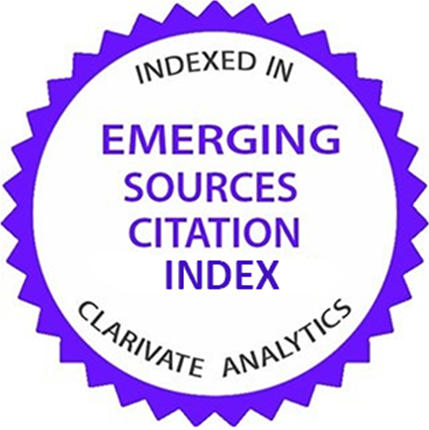Spontaneous coronary artery dissection (SCAD) as a rare but life-threatening emergency department presentation: a case report
Abstract
Spontaneous coronary artery dissection (SCAD) is a rare but life-threatening cause of acute coronary syndrome, particularly in young women with few traditional risk factors for atherosclerosis. SCAD is often underrecognized due to its atypical presentation which can lead to misdiagnosis or delayed diagnosis in emergency settings. We present a case of a 40-year-old female who presented to the emergency department with acute chest pain and was found to have ST-elevation myocardial infarction (STEMI) due to SCAD. This case highlights the importance of considering SCAD in the differential diagnosis of acute coronary syndrome in young patients, especially females, and the need for increased awareness among emergency physicians to optimize patient outcomes and reduce recurrence risks. This case also emphasizes the importance of recognizing SCAD as a distinct entity from atherosclerotic ACS, as it requires a different management approach, particularly in the initial steps of care.
2. Saw J, Aymong E, Sedlak T, et al. Spontaneous coronary artery dissection: clinical outcomes and risk of recurrence. J Am Coll Cardiol. 2017;70(9):1148-58.
3. Saw J, Aymong E, Sedlak T, et al. Spontaneous coronary artery dissection: association with predisposing arteriopathies and precipitating stressors and cardiovascular outcomes. Circulation: Cardiovascular Interventions. 2014;7(5): 645-55.
4. Tweet MS, Hayes SN, Pitta SR, et al. Clinical features, management, and prognosis of spontaneous coronary artery dissection. Circulation. 2012;126(5):579-88.
5. Saw J, Mancini GBJ, Humphries KH. Contemporary review on spontaneous coronary artery dissection. J Am Coll Cardiol. 2016;68(3):297-312.
6. Alfonso F, Paulo M, Lennie V, et al. Spontaneous coronary artery dissection: novel diagnostic insights from large series of patients. Circulation. 2012;126(13):1604-12.
7. Tweet MS, Eleid MF, Best PJ, et al. Spontaneous coronary artery dissection: revascularization versus conservative therapy. Circ Cardiovasc Interv. 2014;7(6):777-86.
8. Chow B, et al. Chest pain evaluation: diagnostic testing. CJC Open. 2023;5(12):891–903.
9. Lettieri C, Zavalloni D, Rossini R, et al. Management and long-term prognosis of spontaneous coronary artery dissection. Am J Cardiol. 2015;116(1):66-73.
10. Saw J, Aymong E, Mancini GBJ, Sedlak T, Starovoytov A, Ricci D. Nonatherosclerotic coronary artery disease in young women. Can J Cardiol. 2014;30(5):814-9.
11. Saw J, Starovoytov A, Humphries K, Sheth T, So D, Minhas K, et al. Canadian spontaneous coronary artery dissection cohort study: in-hospital and 30-day outcomes. Eur Heart J. 2019;40(15):1188–97.
12. Ilić I, Radunović A, Timčić S, Vukčević V, Vukčević V, Vukčević V, et al. Drugs for spontaneous coronary dissection: a few untrusted options. Front Cardiovasc Med. 2023;10:1275725.
13. Yip A, Saw J. Spontaneous coronary artery dissection—a review. Cardiovasc Diagn Ther. 2015;5(1):37-48.
14. Cardiac Care Network of Ontario. STEMI algorithm poster. CorHealth Ontario; 2016.
| Files | ||
| Issue | Vol 9 No 3 (2025): Summer (July) | |
| Section | Case (report / study) | |
| DOI | 10.18502/fem.v9i3.20023 | |
| Keywords | ||
| Acute Coronary Syndrome Emergency Medicine Spontaneous Coronary Artery Dissection | ||
| Rights and permissions | |

|
This work is licensed under a Creative Commons Attribution-NonCommercial 4.0 International License. |










